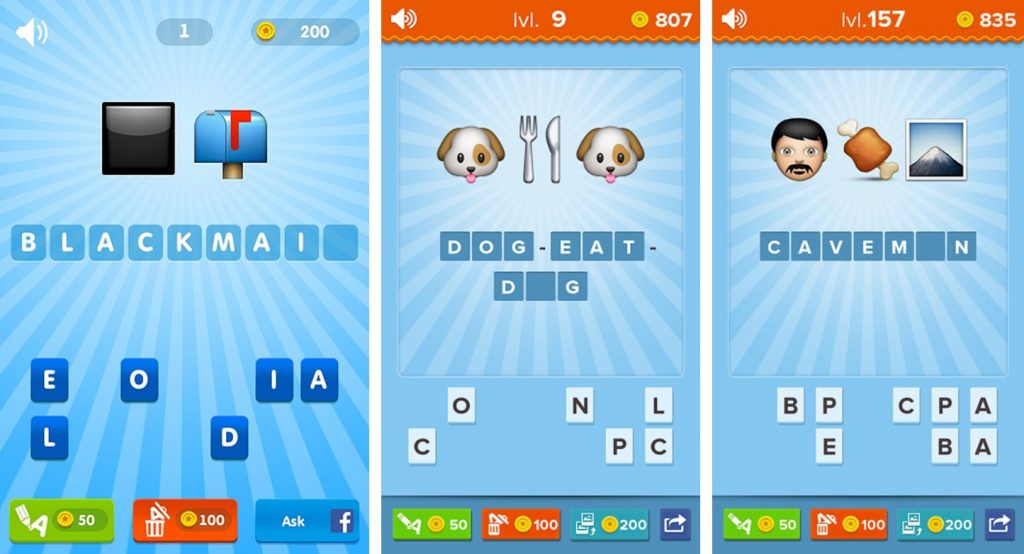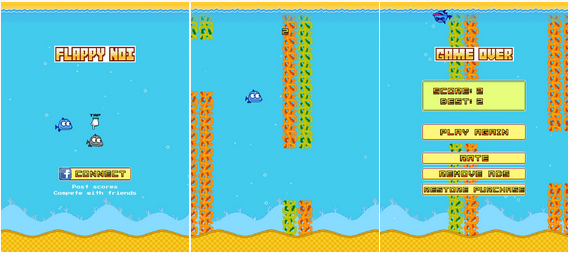Some quick-and-dirty tips and trick of app promotion – from Anton Losman, CEO at CloudTeam and former Digital Click producer.

Smart buy
Smart buy is one of the pillars of success.
Buying smart means to spend money so that it would come back and yield a profit for some period of time upon returning.
In order to gain profit from an app, you need to make sure that the cost of user acquisition is lower than the amount this user will pay you over his ‘lifetime’.
If the LTV is below the amount you spend on acquiring the users, it may mean two things: either the traffic in this specific place is too expensive, or the app is not properly optimized.
Expensive traffic is a problem but most of the time the problem lies in unoptimized application.
You need to be shrewd enough to catch the user at the right moment to make him pay you money.
Optimization
Over the last six months, we have increased the LTV 5 times through optimizing our apps.
Normally we create several focus groups on our server: a group of thousand users receives one set of entry data, another thousand – some other entry data, the third – yet another set.
We introduce the changes into the project upon receiving the results of such focus groups.
If you did all of what you could do at this stage (played with the prices, cut or increased them as needed, gave more freedom to the user and placed some limitations if required, conducted all measurements and tests), you need to summarize all the results.
This sort of practice allowed us to lower the percentage of one-day users down to about 25%.
One more thing to understand here is that regardless the fact that our projects are mainstream, people who don’t like puzzles get screened out at the stage of seeing our ad banner.
Upon completing the optimization we tightly engage in the user attraction.
User engagement – Facebook
Our user engagement process always follows these three stages:
- Stage 1 — user sees an ad (banner with text) and clicks on it to land in App Store.
- Stage 2 — user sees the description, screenshots, and makes a decision to install the app.
- Stage 3 — user has already downloaded and installed the app and we need to do what it takes to make him stay during the first minutes without turning him into a one-day user.
User engagement – Word of mouth
If an app developer does not have money, all he has left to rely upon is the word-of-mouth.
It works perfectly when the app is unique. In order to engage the word-of-mouth effect, you need to have information sources placed to reach out to as many people as possible. It can be a Youtube channel, a couple of entertainment resources to start a traffic wave.
We had a similar effect when the Thai television released several entertainment shows featuring people playing our game.
I tried to analyze how this happened. When we just launched, we started buying traffic in Thailand. It was cheap, so we bought around 20-40 thousand installs. At the same time, we had a good range of Thai puzzles.
We had only 5-10% of one-day users, i.e. out of 100 people only 10 played the game for one day, and all of the rest have been tightly engaged. The session length was 9 minutes. Compare with 2-3 minutes in other countries.
When I started analyzing and studying this, I realized that the word-of-mouth was a post effect. In our case, thanks to a wide range of the game’s engaging features, people started sharing this info with each other, posting on Facebook, etc.
Another important factor was that our project (Emojination) was made having the Asian markets in mind: the Asian users are very socially active, they like and share everything, and ready to spread the news. They are also highly emotional.

Emojination screenshots
We made there a few tens of thousands of dollars. Which may not be much, but it was hundreds times of what we spent on development and promotion.
User engagement – Name-squatting
Name-squatting is when you borrow a name and functionality of another app.
Our example: when the Flappy Bird was released, we made a similar game in only two days. Our game was called Flappy Noi. It was copying Flappy Bird in all aspects, only it featured a character of our other game as the main hero.

We uploaded it into Google Play and got 60 thousand installs on the first day without investing into marketing, on the second day – same result.
In other words: yes, it works. Should you engage in it – depends on your goals.
The main thing in free-to-play is optimization.
The principles described above work not only with free-to-play. What’s important is their efficiency with free-to-play distribution model is far more obvious. With this model, the app optimization becomes the cornerstone of the process. No optimization means no money.
